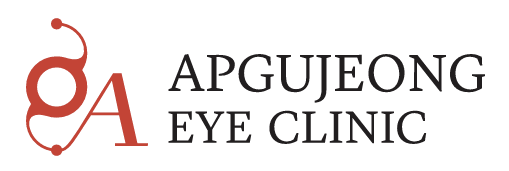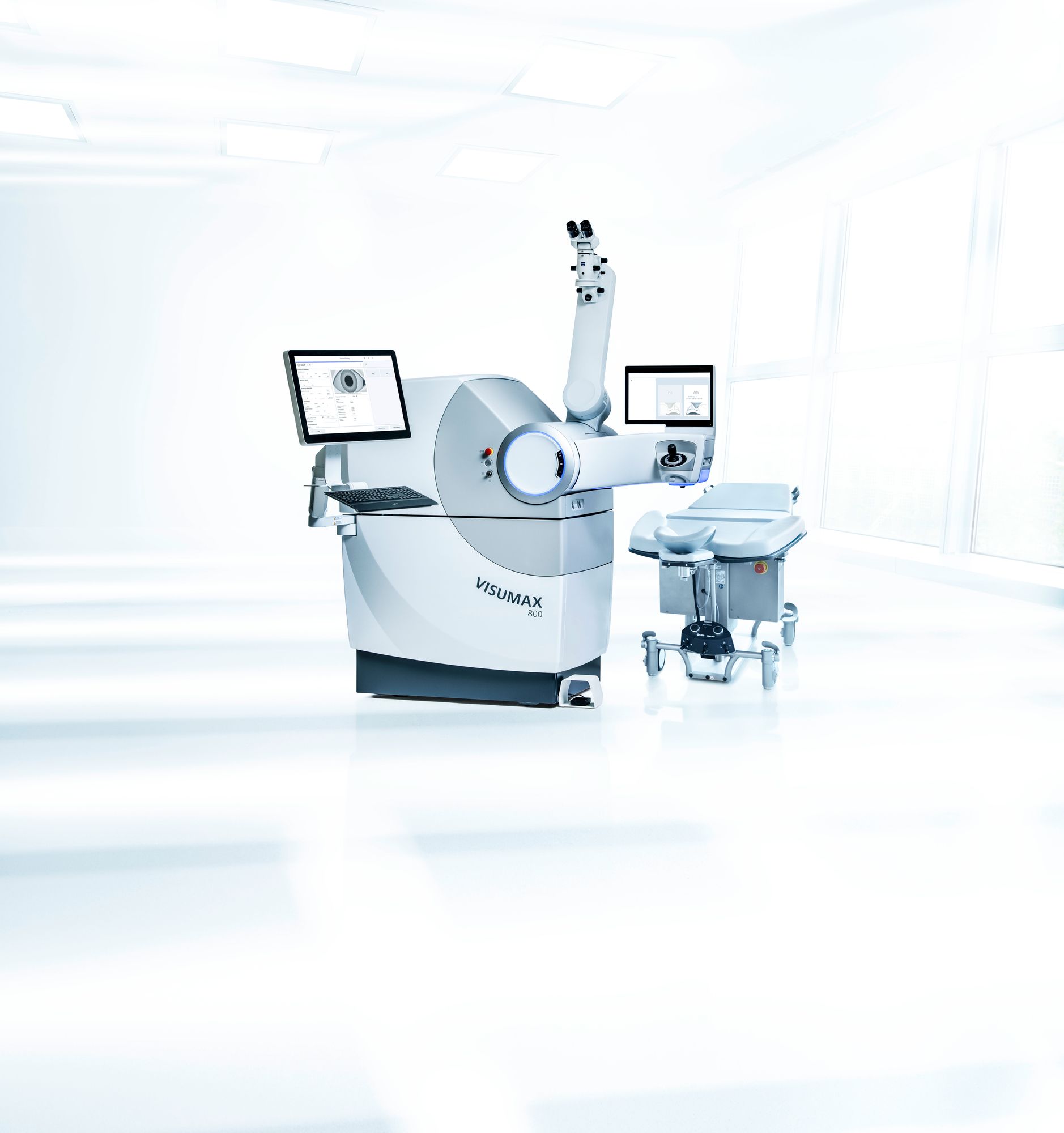Korea LASIK Clinic Guide | Best Vision Correction Options in Seoul 2025
Korea LASIK Clinic Guide (2025)
Korea is one of the world’s leading destinations for laser vision correction. With world-class technology, experienced surgeons, and transparent pricing, it’s easy to see why both locals and international patients trust Korean LASIK clinics.
This guide breaks down what to expect, how to choose a clinic, and what makes LASIK in Korea different from anywhere else.
1. Why Choose Korea for LASIK?
Korean ophthalmology clinics are among the most advanced globally.
- High surgical volume: Thousands of LASIK and SMILE procedures performed monthly.
- Modern technology: Latest femtosecond and wavefront-guided systems.
- Experienced surgeons: Decades of experience and precise customization for each patient.
- Transparent pricing: Fixed package costs and clear post-care schedules.
- English-friendly care: Many Seoul clinics offer interpretation and international patient support.
Whether you’re a local or a traveler, Korea provides top-tier laser vision correction in an efficient, affordable way.
2. Types of LASIK Clinics in Korea
- Premium Eye Centers: Offer LASIK, SMILE, PRK/LASEK, and ICL with full diagnostic suites. Usually in Gangnam, Apgujeong, or Myeongdong.
- General Ophthalmology Clinics: Handle both medical and refractive procedures, often more budget-friendly.
- Specialized Vision Correction Hospitals: Focus exclusively on refractive surgery with multiple laser systems and large international departments.
When comparing clinics, always check for board-certified ophthalmologists and whether the center owns multiple laser platforms (not just one system).
3. LASIK, LASEK, SMILE, or ICL — What’s the Difference?
- LASIK: The most common option, creating a thin flap and reshaping the cornea for clear, fast recovery.
- LASEK (PRK): No flap, ideal for thin corneas or contact-sport lifestyles. Slightly longer recovery.
- SMILE: Small-incision, flap-free laser method with minimal dryness—perfect for active patients.
- ICL: Implantable lens surgery for those not suited for corneal laser correction. Reversible and long-lasting.
Your surgeon will recommend the right procedure after detailed corneal mapping and tear-film analysis.
4. Average Cost of LASIK in Korea (2025)
In Korea, LASIK costs between ₩1.5 million and ₩2.5 million per eye, depending on the technology and clinic location.
- SMILE and custom LASIK cost slightly more.
- LASEK is usually a bit less expensive.
- ICL (lens implantation) costs about ₩3.5–6 million per eye.
Most packages include pre-surgery tests, medications, and post-op visits.
5. What to Expect During Your Consultation
Your first visit includes:
- Full vision, corneal, and tear-film tests
- Topography/tomography mapping
- Refraction and wavefront scans
- Surgeon’s review and personalized procedure plan
The consultation usually takes 1.5–2 hours and determines whether you’re a good candidate for LASIK, SMILE, or another option.
6. How to Choose the Best LASIK Clinic in Korea
- Check the doctor’s credentials: Board-certified ophthalmologists with refractive specialization.
- Ask about equipment: Modern femtosecond lasers (e.g., VisuMax, WaveLight) and topography-guided systems.
- Look for transparent pricing: Packages should include tests, surgery, and follow-ups.
- Ask about aftercare: At least three check-ups (1 day, 1 week, 1 month).
- Check for English support: Communication is essential for foreign patients.
- Avoid high-pressure sales tactics: A good clinic prioritizes safety, not speed.
7. Recovery and Aftercare in Korea
- Day 1: Blurry vision, mild irritation, frequent drops.
- Day 2–3: Vision clears rapidly.
- 1 week: Resume daily routines, avoid eye rubbing.
- 1 month: Stable vision and follow-up evaluation.
Korean clinics are known for meticulous post-surgery care, often providing messaging support for follow-up questions.
8. Top Areas for LASIK Clinics in Seoul
- Gangnam & Apgujeong: Luxury, high-tech eye centers with English staff and latest laser systems.
- Myeongdong: Accessible, foreigner-friendly clinics popular with travelers.
- Hongdae & Jamsil: Mid-range centers offering competitive prices with excellent service.
Each area offers clinics catering to different budgets and needs.
9. Who Should Consider LASIK in Korea?
- People with stable prescriptions (usually 20s–40s).
- Those tired of glasses or contact lenses.
- Candidates with healthy corneas and no severe dryness.
- Visitors seeking affordable, world-class surgery while traveling in Korea.
10. Final Tips Before Booking
- Stop wearing soft lenses 3–7 days before your exam.
- Bring your prescription records if available.
- Plan to stay in Seoul at least 2–3 days after surgery for your post-op check.
- Wear sunglasses and avoid rubbing your eyes.
- Keep your schedule light—your vision may fluctuate for a few days.
Final Thoughts
Korea’s LASIK clinics combine precision, safety, and hospitality that attract patients worldwide. With advanced technology, transparent pricing, and expert surgeons, Seoul remains one of the most trusted destinations for permanent vision correction.



